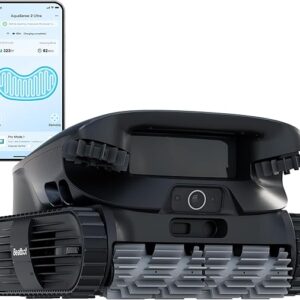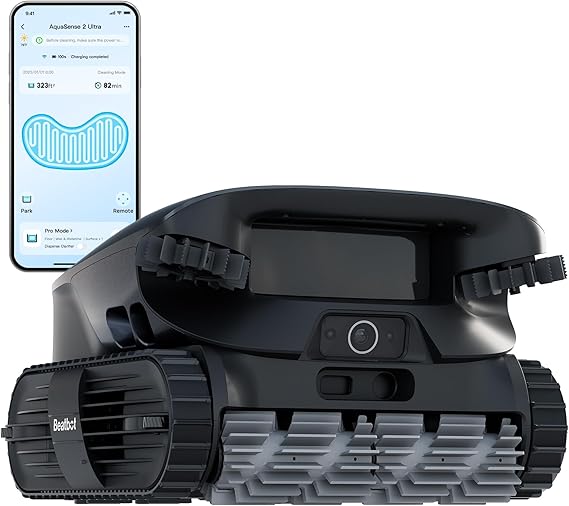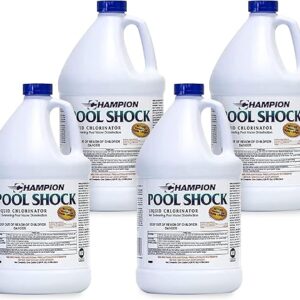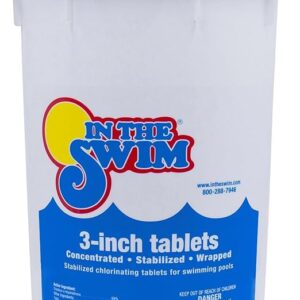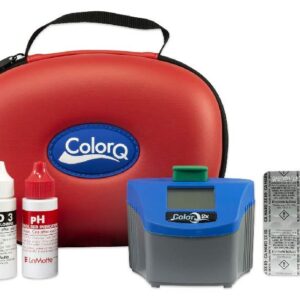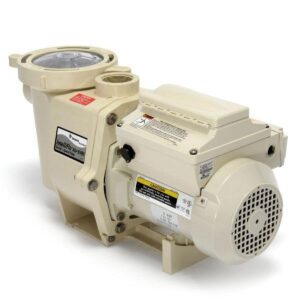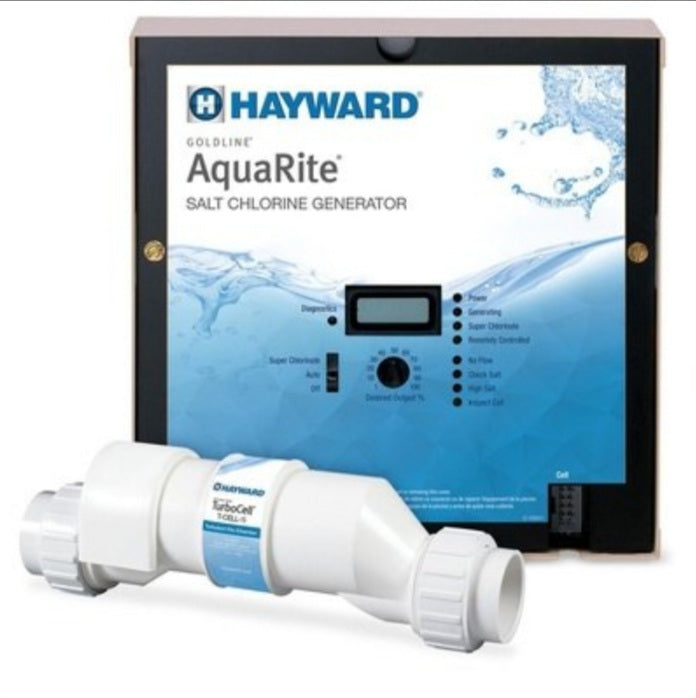How to Select Winter and Safety Covers for Inground and Above Ground Pools
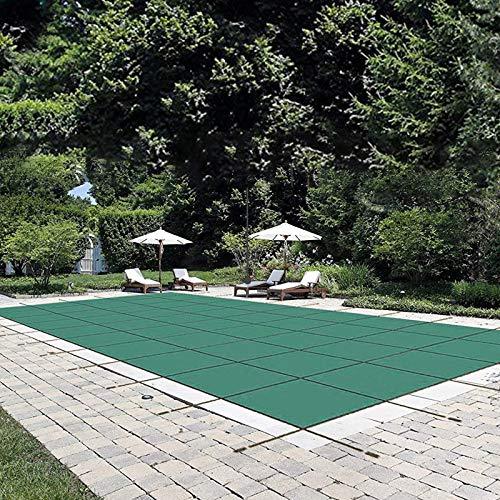
Winterization or closing a swimming pool during the winter is a very important pool maintenance activity and should be done correctly to avoid the hustle of cleaning debris, algae, and ammonia when opening the pool during the summer.
Pool covers come in two types; winter covers and safety covers.
A winter cover plays very vital roles in ensuring that debris, snow, and leaves do not enter into the pool when not in use, and prevents the chlorine lose due to UV light.
On the other hand, safety covers are used both as winter covers during the winter season to prevent debris, snow, leaves, and water from entering into the pool, and as a safety cover to prevent drowning accidents since they are heavy duty and can support the weight of pets and kids to prevent drowning in the swimming pool.
Things to Consider when Selecting the Best Pool Covers for In-ground and Above Ground Pools
The first thing to consider when buying a pool cover is whether you need a winter or a safety cover for your pool.
I have seen some pool owners buying winter covers instead of a safety cover and complain later that the pool cover delivered is so light. Here is the difference:
Winter covers are made of polyethylene, which is a lighter version of pool covers suitable just for winterization to prevent snow, debris, leaves, and sometimes water from entering into the pool, and not for safety purposes to prevent drowning.
For safety purpose to prevent drowning, safety covers are used since they are made of polypropylene, which a much stronger and heavy duty material and can support the weight of pets and kids and prevent drowning.
Safety covers are also expensive compared to winter covers.
So, when selecting a winter cover for winterization or a safety cover for winterization and safety purposes, the most important things to consider are the quality of the material used, size and shape of the pool cover, and solid or mesh pool cover type.
1). Material: Good quality winter covers are made of polyethylene, and quality safety covers are made of Polypropylene material.
2). Size: It is important to know the size of your pool before ordering a pool cover for your swimming pool.
When ordering one, just state the size of your pool and the pool cover that will be delivered will overlap by 5 ft on all sides.
3). Shape: It’s also important to select a pool cover that is of the same shape as that of your swimming pool.
Pool covers come in different shapes including rectangle, oval and round. Most in-ground pools are rectangle and above ground are round or oval.
4). Weight: The weight of a pool cover should not be a problem since the covers come with tie-downs that can support the weight of the covers.
5). Brand: For the best quality swimming pool covers, buy from the top in the industry. Among the top manufacturers of best pool covers are Happybuy, Robelle, Bestbuy, and Blue wave,
6). Solid or Mesh Pool Cover: Winter pool covers come in two different types, solid and mesh. Both pool covers come for in-ground and above ground pools. Safety covers are solid and don’t allow water through.
A) Solid Winter Covers:
Solid winter covers are water tight and made to prevent water, UV light, leaves, and debris from entering into the swimming pool.
In-ground pool solid winter covers and above ground pool solid winter covers are the most common pool covers because they:
1) Are affordable compared to safety covers
2) Solid woven and prevent UV light from depleting Free Chlorine hence preventing algae and ammonia
3) Prevent snow, water, leaves, large and fine debris from entering into the pool
However, when you decide to use the solid winter cover, be ready to be removing debris, snow, leaves, and water from the top of the cover on a frequent basis as the long stretch on the cover may shorten its life span.
During rainy days, you can use Superior Utility Pump to suck out the water that collects on top the solid winter pool cover.
If you have leaves on top of the winter cover, you can use a leaf blower to blow them out before removing the winter cover.
B) Mesh Winter Covers:
In-ground pool mesh winter covers and above ground pool mesh winter covers are less expensive compared to solid winter covers and are not water tight as they allow water and fine debris to enter into the swimming pool.
Since mesh winter covers are porous, they don’t protect Free Chlorine as they allow small amount of UV light into the pool and that may deplete chlorine during sunny days before opening the pool.
One advantage of a mesh pool winter cover is that fine debris and water do not collect on top of the cover and you don’t have to worry about removing water and fine debris on the surface of the pool cover.
However, the biggest disadvantage is that UV light, water, and fine debris that pass through the mesh winter cover may interfere with the pool chemical levels and cause more pool cleaning and chemistry problems when you open the pool.
C) Pool Safety Covers:
Safety covers are water tight and do not allow water, debris, snow, leaves, and UV light into the pool.
On the other hand, if you are more concerned about drowning issues, a pool safety cover is the best option for you.
Top brand pool covers like Happybuy pool safety covers are made tougher and more heavy duty than mesh and solid woven winter covers.
Safety covers are made to prevent drowning especially for kids and pets, but are also working as winter covers to prevent debris, snow, leaves, and water from entering into the pool and that makes safety covers expensive compared to mesh and solid winter covers.
To remove the water or leaves collected on top of the safety cover, you can use Superior Utility Pump and a leaf blower respectively.
Depending on the type of your pool, there are in-ground pool safety covers and above ground pool safety covers.

